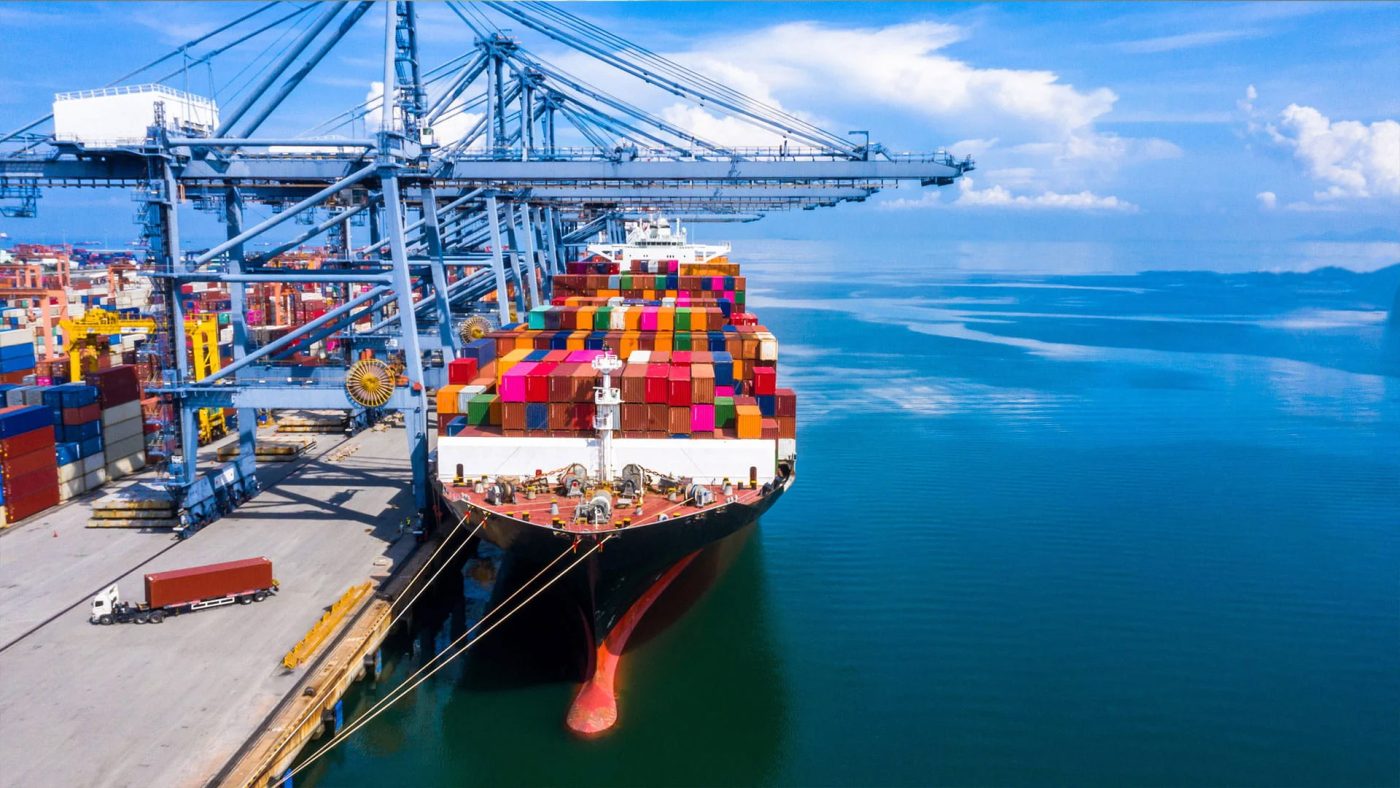Container ports are the lifelines of global trade, handling billions of tonnes of cargo each year. As these ports become busier, the need for efficiency, security, and sustainability has never been greater. The Internet of Things (IoT) is revolutionising container port operations by providing real-time data and connectivity that drive smarter decision-making. This article explores the myriad benefits of IoT for container ports, highlighting its impact on operational efficiency, safety, cost savings, and environmental sustainability.
Enhancing Operational Efficiency
IoT technology significantly boosts the operational efficiency of container ports by enabling real-time monitoring and optimised resource management.
Real-time Monitoring
IoT devices, such as sensors and GPS trackers, provide real-time data on various aspects of port operations. These include the location and status of containers, equipment performance, and environmental conditions. Real-time monitoring allows port operators to make informed decisions quickly, reducing delays and improving the overall efficiency of cargo handling.
Predictive Maintenance
IoT sensors continuously monitor the condition of port equipment, such as cranes, trucks, and conveyor belts. By analysing this data, ports can predict when maintenance is needed, preventing unexpected breakdowns and reducing downtime. Predictive maintenance ensures that equipment remains in optimal condition, enhancing operational efficiency and extending the lifespan of assets.
Improving Safety and Security
Safety and security are paramount in port operations. IoT technology enhances both by providing advanced monitoring and real-time alerts.
Enhanced Surveillance
IoT-enabled surveillance systems, including CCTV cameras and motion detectors, offer real-time monitoring of port facilities. These systems can detect unauthorised access, suspicious activities, and other security threats. IoT connectivity allows for immediate alerts and responses, ensuring a secure environment for cargo and personnel.
Worker Safety
IoT devices can also monitor the safety of workers within the port. Wearable sensors track workers’ health and safety conditions, such as exposure to hazardous materials or extreme temperatures. In the event of an emergency, these sensors can trigger immediate alerts, ensuring timely assistance and reducing the risk of accidents and injuries.
Achieving Cost Savings
IoT technology brings substantial cost savings to container port operations by reducing operational costs, improving efficiency, and minimising waste.
Optimised Resource Allocation
IoT data enables ports to optimise the allocation of resources, such as labour, equipment, and space. By understanding real-time demands and operational conditions, ports can allocate resources more effectively, reducing idle time and enhancing productivity. This optimisation leads to significant cost savings and better utilisation of assets.
Reduced Energy Consumption
IoT systems can monitor and manage energy usage within the port, identifying areas where energy consumption can be reduced. Smart lighting, heating, and cooling systems, powered by IoT, adjust usage based on real-time conditions, leading to substantial energy savings. Reduced energy consumption not only lowers operational costs but also contributes to environmental sustainability.
Promoting Environmental Sustainability
Sustainability is a critical concern for modern ports. IoT technology supports environmental initiatives by optimising resource usage and reducing emissions.
Efficient Resource Management
IoT enables ports to manage resources more efficiently, reducing waste and minimising the environmental impact. For example, IoT sensors can monitor water usage, ensuring it is used efficiently and identifying leaks or overuse. Similarly, waste management systems powered by IoT can optimise recycling processes and reduce landfill contributions.
Emission Reduction
IoT technology facilitates the monitoring and reduction of emissions from port operations. Sensors track emissions from ships, vehicles, and equipment, providing data that can be used to implement greener practices. For instance, IoT can support the use of electric and hybrid vehicles within the port, reducing reliance on fossil fuels and lowering greenhouse gas emissions.
Conclusion
The integration of IoT technology in container ports offers numerous benefits, including enhanced operational efficiency, improved safety and security, significant cost savings, and increased environmental sustainability. By providing real-time data and connectivity, IoT transforms port operations, making them smarter and more responsive to the demands of global trade. As the world continues to move towards more connected and sustainable solutions, the adoption of IoT in container ports is essential for maintaining competitiveness and fostering sustainable growth.
#ContainerPorts #IoT #SmartPorts #PortEfficiency #RealTimeData #PredictiveMaintenance #SustainablePorts #EnergyManagement #WorkerSafety #GlobalTrade
